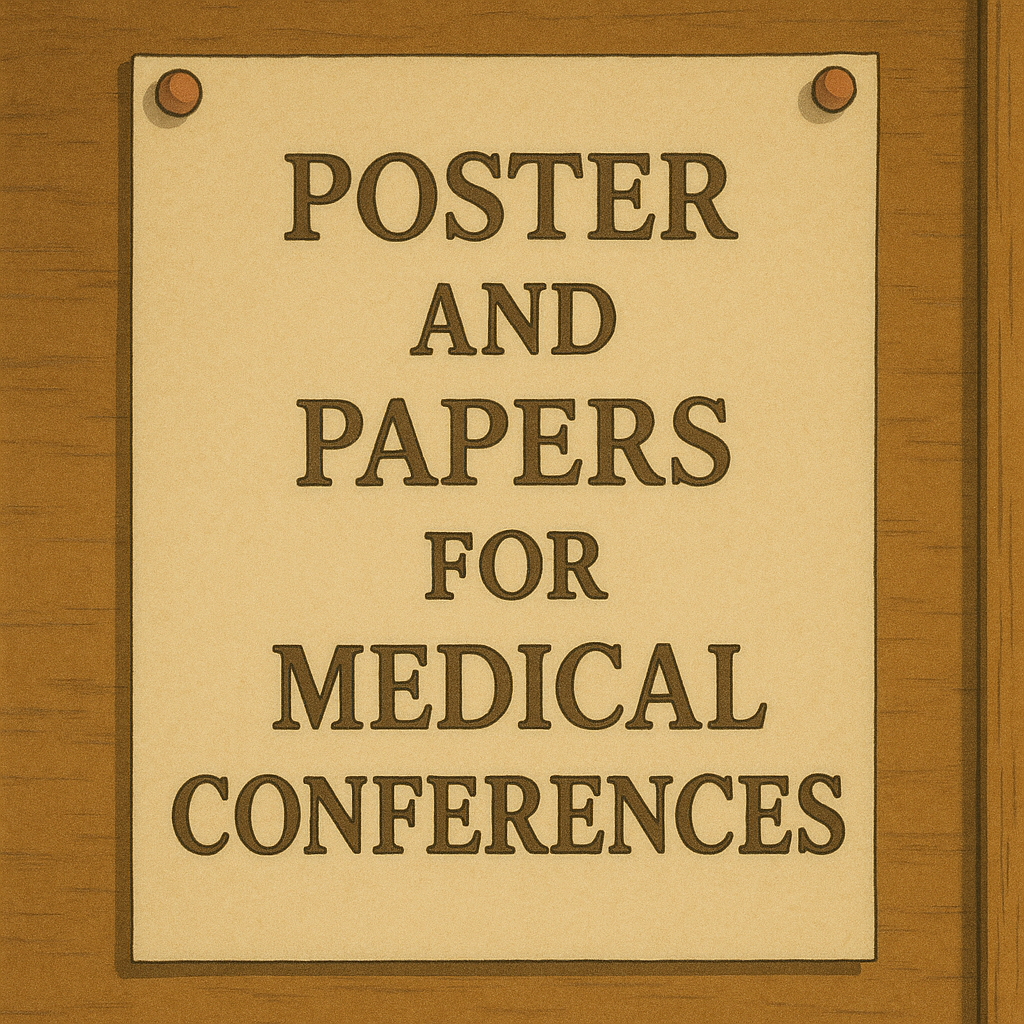PSM PROTOCOL AND SYNOPSIS

PSM PROTOCOL / PSM SYNOPSIS
How to write PSM Protocol?
Introduction
A PSM Protocol (also called a PSM Synopsis) is a structured plan for an MD, MS, or DNB thesis in Preventive and Social Medicine (Community Medicine) that outlines your study’s objectives, scope, and methods in addressing public health issues. A well-crafted PSM Protocol guides your research and secures institutional approval.
Introduction to the Topic
Define the public health problem or intervention under investigation (e.g., prevalence of hypertension in urban slums, impact of health education on immunization uptake).
Specify the population (age groups, setting—rural/urban, socioeconomic strata) and why this issue matters.
Use both “PSM Protocol” and “PSM Synopsis” to refer to your document.
Demographics & Prevalence
Identify who is affected (age, sex, occupation, income level) and cite recent data on prevalence or incidence.
Highlight trends—geographic, seasonal, or socioeconomic—that justify your PSM Protocol.
Gap in Existing Knowledge
Summarize what’s known from previous community surveys or intervention studies and pinpoint unanswered questions (e.g., barriers to care, knowledge–attitude–practice gaps).
Explain how your PSM Synopsis will generate new data to address these gaps.
Need and Rationale for Study
Explain why this research matters for MD, MS, or DNB training and for community health outcomes.
Outline limitations in existing programs, policies, or guidelines.
State the potential impact on service delivery, policy formulation, or health promotion strategies.
Mention alignment with national health plans or Sustainable Development Goals, if applicable.
Review of Literature
Historical Background: trace past community health interventions or survey methods relevant to your topic.
Current State of Knowledge: summarize recent peer-reviewed studies, government reports, and WHO guidelines.
Key Findings: highlight survey designs, intervention outcomes, and key statistics.
Gaps in Literature: identify what existing PSM Synopses have overlooked.
Relevance: show how your PSM Protocol builds on and extends prior work.
Lacunae in Literature
List specific shortcomings or under-researched areas (e.g., lack of qualitative data on community perceptions).
Explain how your PSM Synopsis addresses each lacuna.
Materials and Methods
Source of Data: household surveys, clinic records, focus group discussions, key informant interviews.
Study Design: cross-sectional, cohort, case–control, community trial—state clearly in your PSM Protocol.
Study Population: define inclusion and exclusion criteria (e.g., adults ≥18 years; exclude those unable to consent).
Study Area & Period: precise geographic boundaries and start–end dates (mm/yyyy–mm/yyyy).
Sample Size Calculation: present the formula, parameters (expected prevalence, α, power, design effect), and final number.
Sampling Technique: describe cluster sampling, systematic random sampling, or purposive sampling as used.
Data Collection Tools: questionnaires (KAP, checklist), observational checklists, interview guides.
Intervention Details (if applicable): content, delivery mode, frequency, and duration.
Statistical Analysis: specify software, descriptive statistics, inferential tests (chi-square, logistic regression), and significance threshold (p < 0.05).
Ethical Considerations
Informed Consent: procedures for obtaining written consent from participants or community leaders.
Confidentiality: anonymization of personal identifiers and secure data storage.
Risk Minimization: measures to protect participants’ wellbeing during surveys or interventions.
Ethics Committee Approval: name of the Institutional Ethics Committee and approval ID.
Limitations of the Study
Sample Constraints: potential nonresponse or dropouts in community surveys.
Information Bias: recall bias, social desirability bias in interviews.
Selection Bias: coverage error in sampling frame or exclusion of hard-to-reach groups.
Generalizability: applicability of findings to other regions or populations.
Annexures
Consent Form: template ensuring participants understand study aims, procedures, risks, and benefits before agreeing.
Participant Information Sheet: clear summary of study purpose, procedures, confidentiality, and contact details in local language.
Data Collection Form: structured sheet for recording demographics, survey responses, and observational data consistently.
Conclusion
A concise PSM Protocol (PSM Synopsis) tailored for MD, MS, and DNB postgraduate students meets academic standards and provides a clear framework for conducting and presenting your community medicine research. Cover each section above thoroughly to ensure scientific rigor and clarity.



